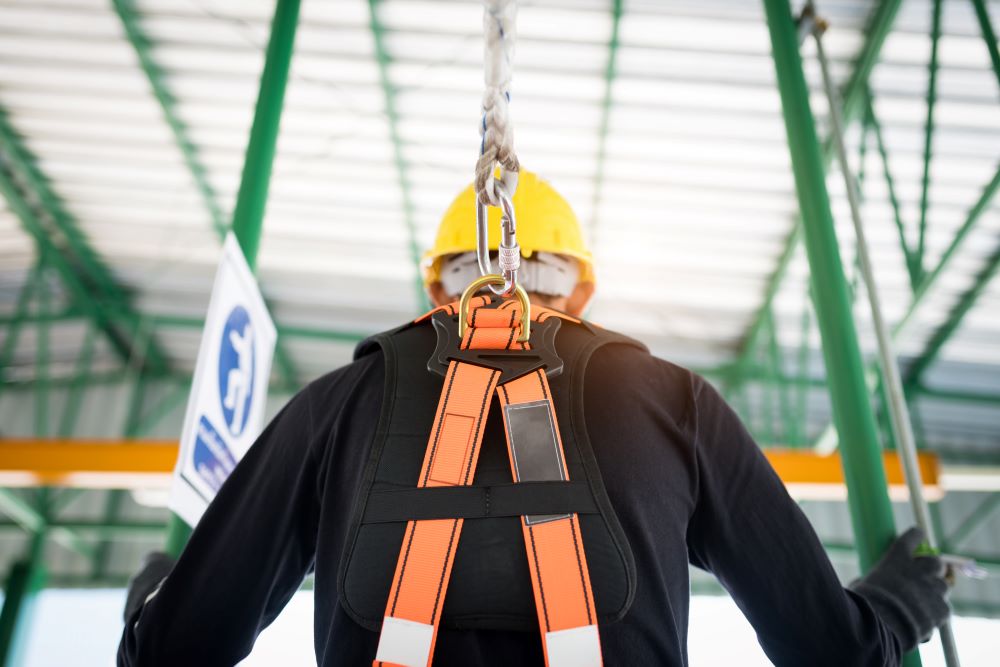When it comes to building and remodeling, productivity and security are important. The scaffold wheel is one innovation that has made an important contribution to both components. These modest but essential parts have completely changed the way scaffolding systems are used, increasing accessibility, mobility, and eventually productivity on construction sites. This article explores scaffold wheels benefits the history, uses, advantages, and issues related to scaffold wheels, highlighting their important significance to modern building techniques.
Evolution of Scaffold Wheels
Scaffold wheels have a centuries-long history that follows the development of scaffolding. The main objective of the primitive scaffolding systems of earlier times, which were made of wood, bamboo, and ropes, was to offer access to higher locations for building construction or maintenance. However, there were restrictions on motion, making workers more productive and putting their safety in danger.
Wheeled scaffolding systems are because of the need for increased mobility. Initial versions had basic wheel designs, but as the years went on, the concept developed to incorporate advanced materials and systems. Scaffold wheels of today involve advanced engineering which combines stability, movement, and longevity to meet the demands of present-day construction tasks.
Scaffold Wheels benefits and Functionalities:
The following vital roles of scaffold wheels improve the flexibility and usefulness of scaffolding systems:
- Mobility: The main purpose of scaffold wheels is to make it easier for scaffolding constructions to be moved across different types of ground. Workers may conserve time and labor by moving the system to other locations without needing to take it apart and reassemble it by attaching wheels to scaffold bases.
- Adjustability: A lot of modern scaffold wheels have mechanisms that can be modified, allowing workers the ability to alter the scaffolding platform’s height or level as needed. The ability to adapt is necessary to modify the working level to suit various tasks or to deal with uneven surfaces.
- Locking Mechanisms: Scaffold wheels come with locking mechanisms that, once set up, secure the system firmly in place ensuring stability and safety. They are designed to stop the scaffolding from moving or shifting accidentally, and this is particularly critical when workers are working at heights.
- Load-bearing Capacity: Because scaffold wheels are made to bear heavy loads, they are capable of supporting the weight of the scaffolding structure as well as the workers and equipment that it holds. This adaptability is essential to protecting the integrity of the structure and avoiding accidents at the building site.
- Compatibility: The design of scaffold wheels enables smooth integration with present systems by being suitable for a range of scaffold types and configurations. Scaffold wheels are offered for various needs, be it framework scaffolding, tube and clamp scaffolding, or flexible systems.
Benefits of Scaffold Wheels:
Scaffold wheels can be used in building processes to enhance productivity, safety, and project efficiency in general. here are few scaffold wheel benefits.
- Enhanced Mobility: Scaffold wheels preserve downtime and improve efficiency by doing away with the need for physical scaffolding structure shifting positions. Scaffolding can be transported easily for workers to different work sites, improving productivity while decreasing interruptions.
- Enhanced Accessibility: Scaffold wheels enable it easier for workers to reach high locations, which increases accessibility for activities involving building, upkeep, or repairs. Improved project results and quicker project completion have a direct connection with this accessibility.
- Enhanced Safety: By decreasing the chance of scaffold movement or collapse, the stability and lock mechanisms of scaffold wheels increase safety. With confidence that the scaffolding framework is correctly aligned and supported, workers may concentrate on their tasks.
- Cost savings: Construction organizations can save money through the use of scaffold wheels due to their efficiency and flexibility. Reduced worker hours, higher output, and improved machinery use all add to the overall cost-effectiveness of a project.
Considerations for Scaffold Wheel Selection:
Several factors should be considered while selecting scaffold wheels for a project to ensure the best possible performance and safety:
- Weight Capacity: ensure that the scaffold wheels you choose can support every aspect of the intended load, plus the weight of the workers, instruments, and supplies.
- Terrain Conditions: Whether the scaffolding will be used on smooth building materials, rough ground, or inside flooring, taking into consideration the terrain and selecting wheels that are suitable for the specific surface.
- Locking Mechanisms: Verify that the scaffold wheels have reliable locking mechanisms that, once positioned, reliably keep them in one place.
- Compatibility: Ensure that the scaffold wheels, taking into account the scaffolding frame’s size, the diameter of the tubes, and the installation structure, are appropriate for the scaffolding system that you use.
- Durability: Select scaffold wheels made from solid components that can survive being subjected to weather, substances, and hefty loads, as well as the harsh surroundings of construction sites.
- Easy Maintenance: Select scaffold wheels with straightforward components that can be checked and lubricated when required.
Conclusion:
Modern construction techniques have made scaffold wheels essential since they offer workers unparalleled movement, access, and safety. Scaffold wheels have traveled a long way from their simple beginnings to their complex designs today, all in response to the ever-evolving requirements of the building industry.
Construction professionals can fully utilize scaffold wheels to optimize project outcomes and ensure their tasks’ success by understanding their characteristics, advantages, and selection requirements.





